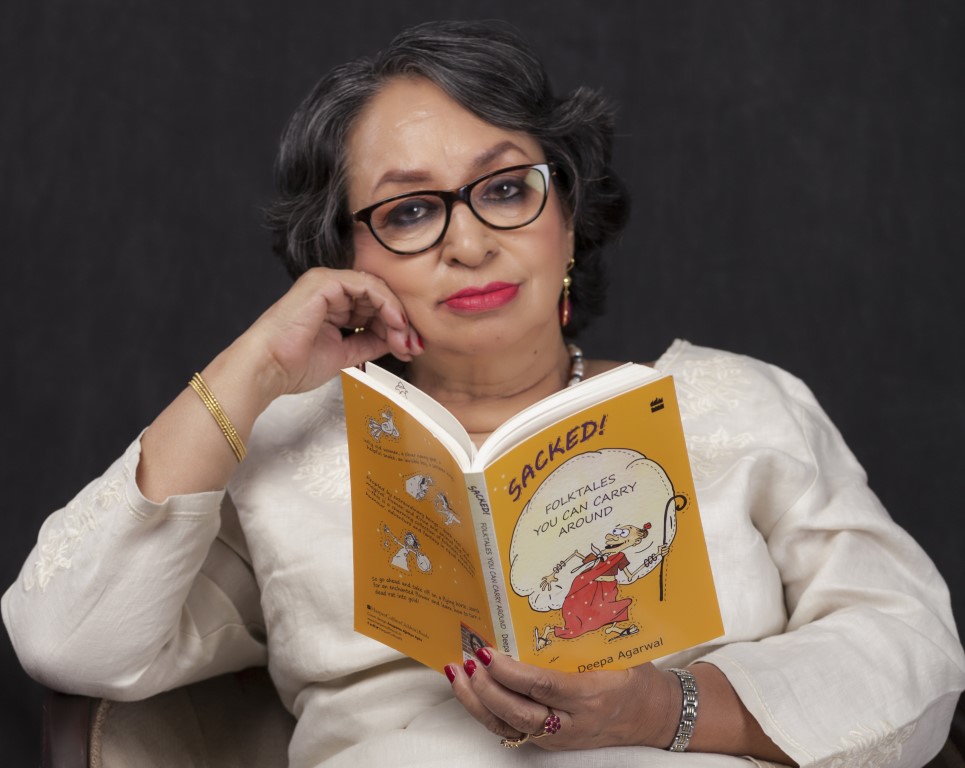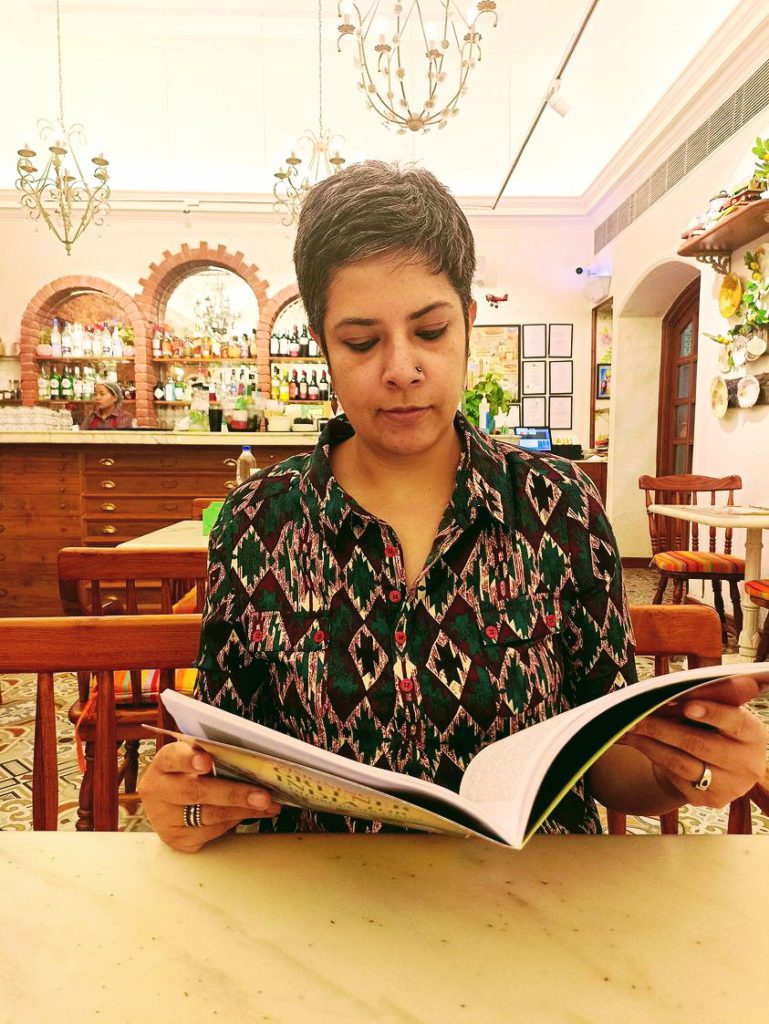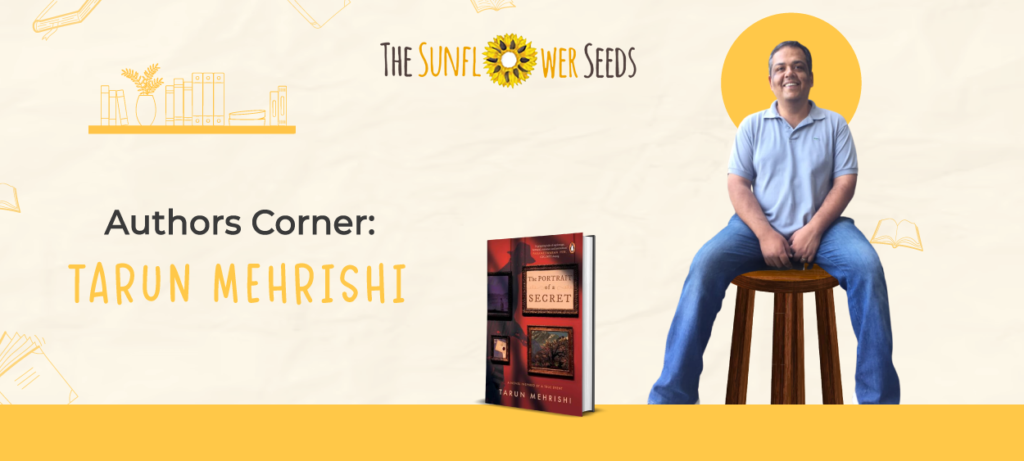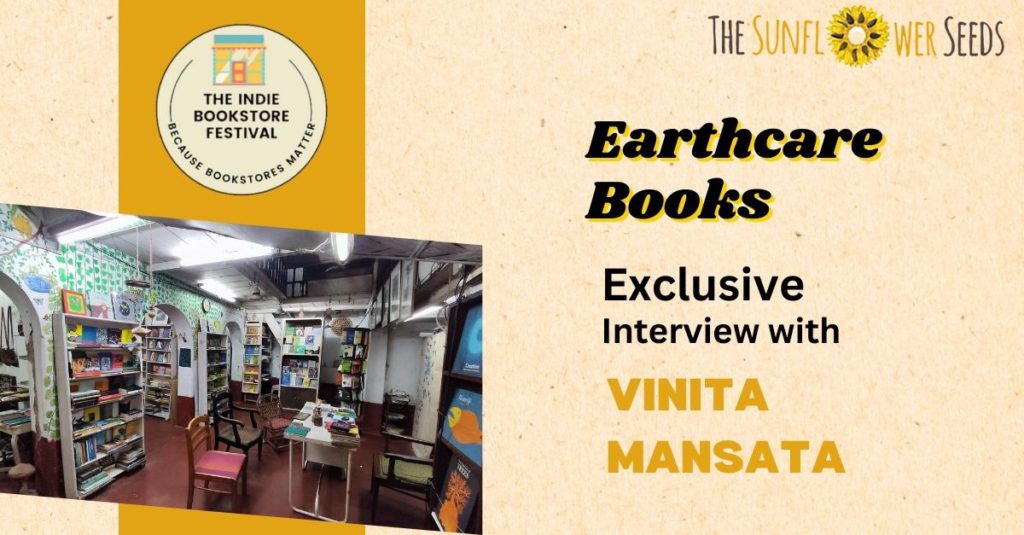Deepa Agarwal – My childhood was spent in an area of great natural beauty and vast open spaces

How did your childhood, your life in a Himalayan town make your psychic setting? How did growing up in Almora influence your writing? Are there any specific experiences or memories from your childhood that have inspired your stories?
My childhood was spent in an area of great natural beauty and vast open spaces. We lived in a very small town where life was extremely simple, without the pretensions we face these days and there was a safe environment for kids. We spent a lot of time outdoors and were not faced with the kind of threats and fears that children in large cities experience. Our enjoyment came from exploring the hillsides, playing with our pets and reading a lot. I feel all this definitely had an effect on my imagination and thought process. I’ve returned to some of these memories in stories like “Fire”, in the collection Friendship Stories where I have relived an episode when my friends and I started a forest fire by mistake while playing. Some of my boarding school experiences have inspired stories like “A Caterpillar Called Matthew” and “The Tough Decision.” Since I loved my home setting so much, several of my stories are set in the hills.
You mentioned that your love for stories began in your early childhood. Could you tell us more about the books and authors that inspired you?
We didn’t have access to a large variety of books in my childhood. Both my parents used to read to me and I listened to both our local folktales and Grimm’s fairy tales in my early years. Enid Blyton was the writer most easily available so I read most of her books beginning from Noddy to her mysteries and school stories. I was also fond of Angela Brazil’s school stories as well as the Abbey and Chalet School series. Some popular children’s classics like Little Women, Heidi, What Katy Did and Black Beauty left a strong impression on me. I enjoyed reading the works of Charles Dickens, Walter Scott, Jules Verne and R.L. Stevenson among other classic writers. But I also read the Hindi stories of Prem Chand and Tagore in translation. I can see the influence of Enid Blyton very clearly in my early writing but while setting my stories in the hills I was inspired by the popular Hindi writer Shivani who belonged to our hometown.
Your work includes a wide range of genres, from children’s books to historical fiction. How do you approach writing for different age groups and genres? Are there any particular challenges you face when writing for a specific audience?
When I’m working on a particular story, I try to enter the mind of my characters and focus on how a child of a particular age group would respond to the fictional situations I create. Since I relive many of my childhood memories it is easy to go back and recreate the emotions I experienced at that time, because emotions do not change over time. Many of my story ideas are also based on incidents in my children’s lives and now my grandchildren’s. Since childhood today is very different from what it was earlier, I feel it is essential for a writer to have regular interaction with their audience to be aware of contemporary concerns and also read the work of other writers. When writing historical fiction, I try to research the period in which my story is based as extensively as possible—from important events to food, costume, the prevalent culture. I spent several years collecting the background material I needed for my book Caravan to Tibet. I read several different accounts of journeys to Tibet and descriptions of the lifestyle and culture of the time. In The Teenage Diary of Nur Jehan, apart from researching the historical details, I built her character on the basis of the kind of personality she was as an adult. For The Begum, I researched the freedom movement but also read several of Begum Ra’ana Liaquat Ali Khan’s interviews and talked to people who had known personally to get a sense of the kind of person she was.
What draws you to Indian mythology and folktales, and how do you go about adapting them for a modern audience?
I feel myths and folktales connect us with our past and are an essential component of our identity and culture. I love folktales because they are among the first stories I heard from my mother. When I retell them for modern day children, I am careful to select those that would appeal to them and convey certain values. I also follow a contemporary narrative style with dialogue and more show than tell. Again, sometimes folktales lack the story element modern children are familiar with. The plot may not be well developed and they may not have a resolution—a clear cut ending with an explanation. In such cases if the idea is unique and I see possibilities I flesh them out so they hold the reader’s interest.
What advice would you give an aspiring writer with interests similar to yours?
First of all, read a lot and read widely—not just in the genre that you’re interested in. Pay attention to the language, the development of plot and character and analyse your own response to the book. It might be a good idea to write book reviews because that motivates you to read more deeply. When writing a story, spend time in working out your outline and thinking about your characters. Don’t be lazy about research. Where myths and folktales are concerned you have a readymade story, but it has probably been retold several times before so you need to figure out how you can make it different for your reader. Revise your work thoroughly.
Which books from this genre would you recommend writers who want to write about Indian folklore?
The book I have always thought of as my Bible of Indian Folklore is A.K. Ramanujan’s Folktales from India because it provides you with so many insights into this genre. However, there are numerous collections of folktales and myths in the market and I have also sourced many unusual stories from collections in Hindi. Those interested in mythology should definitely read Devdutt Pattnaik. Well-known writers like Namita Gokhale and Anita Nair also have excellent works in this genre. Children’s Book Trust has a series of regional folktales and Amar Chitra Katha has published many as well.





